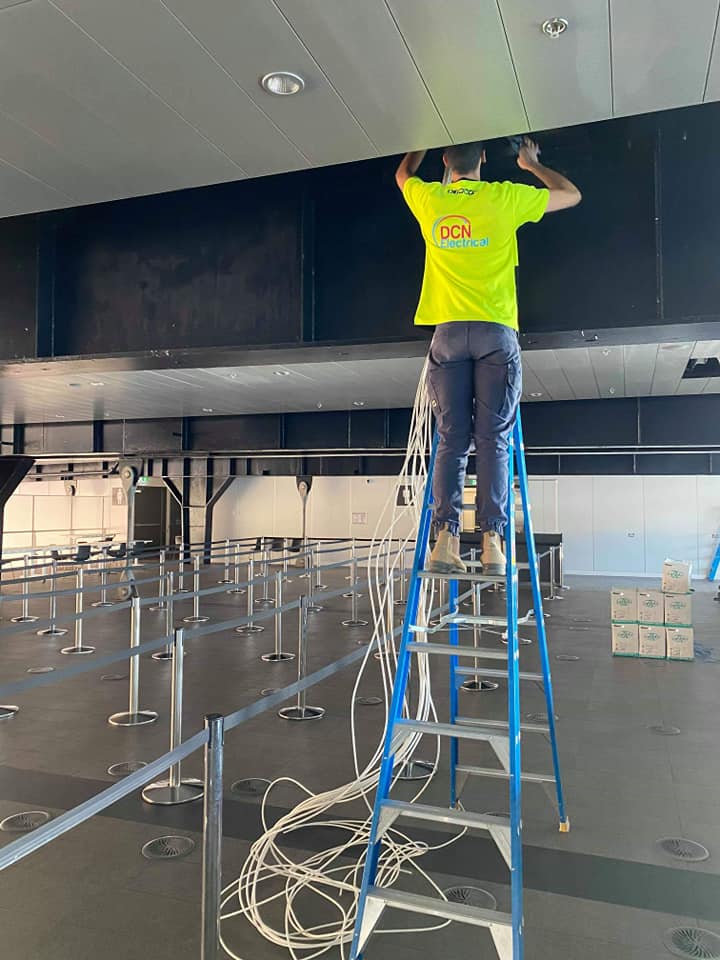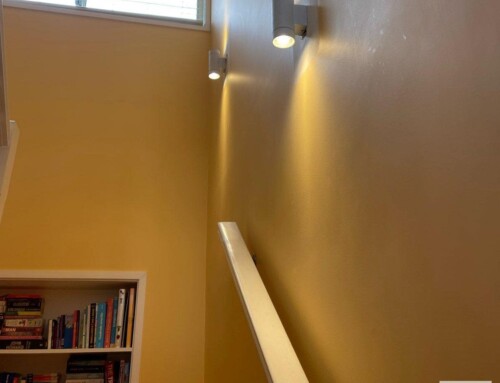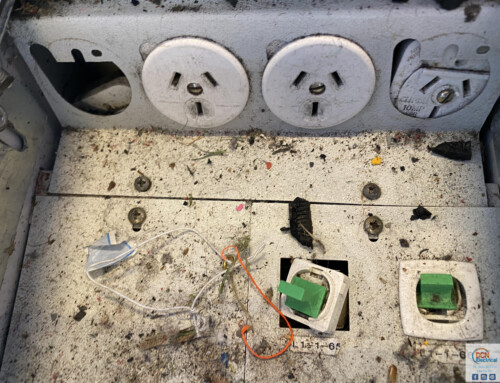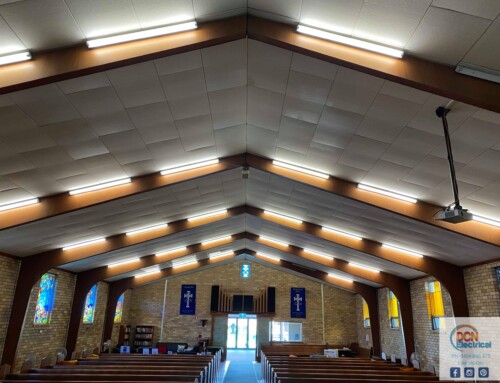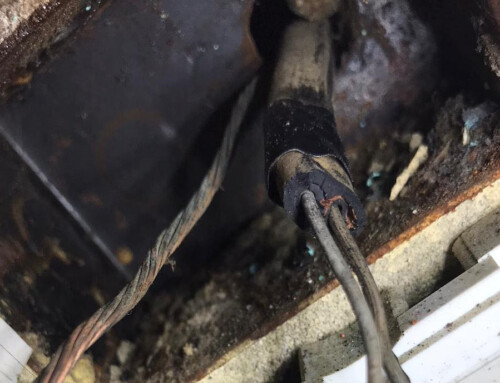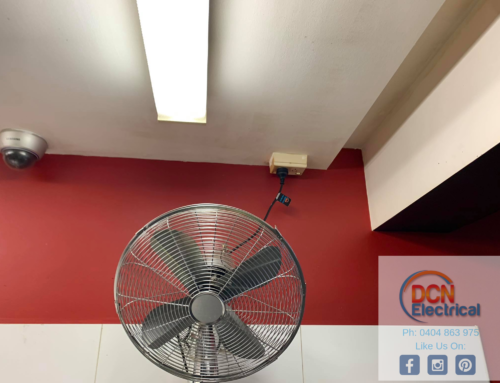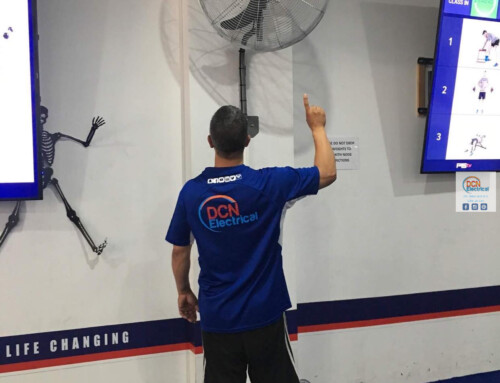Every day, we waste time waiting for a network to reload. It’s frustrating, and it’s costing you money. Do you have a slow office network? If so, you’re a part of a large group of small and midsize businesses struggling to get the speeds they need. Read on to find out how to improve your office network with network cabling. A slow office network is a common problem for many small and midsize businesses. The lack of bandwidth impacts your employee productivity and the bottom line. Although there are a number of potential solutions, they are often costly and require a lot of employee downtime. One of the best solutions for this issue is to install a new cabling system for your office network.
What causes the office network to be slow?
There are a number of reasons why the office network might be slow. Sometimes the internet connection is too slow. Sometimes the router is too old. Sometimes the office network is being used by too many people. Sometimes the office network is too crowded. Sometimes the office network is being used by too many people. Sometimes the office network is being used by too many people. Sometimes there are too many users. Sometimes the office network needs to be upgraded. And sometimes the office network hardware is just too old.
Most often, The office network is slow because of a lack of bandwidth. It is because there are so many people in the office. When a person sends a file, it takes up bandwidth. When there are too many people sending files, the bandwidth is used up and the network becomes slow. A solution to this problem could be to set a size limit to the amount of data that each user can send. And when the users reach this limit, they are unable to send files. That’s just not practical.
The next option to improve bandwidth issues is to increase the speed available to the network. Unfortunately, most Sydney businesses have their hands tied as the overall internet network speeds available to us are outside of our control and painfully low.
Your business could look at improving the hardware being used, new servers, and routers, but this is costly and frustrating as it means downtime to the workers and risks file access or corruption in the transfer of data.
One simple solution is upgrading the cabling in the office. Many Sydney offices are using outdated cabling and it’s a simple problem to fix.
The impact of a slow office network
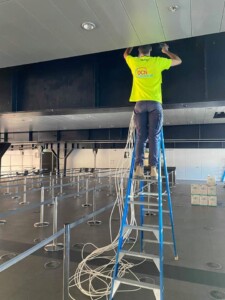 “Do you know what the impact of a slow office network is?” “It’s a lot more than just a little bit of frustration. It’s a lot more than just a little bit of anger. It’s a lot more than just a little bit of annoyance. It’s a lot more than just a little bit of cursing.”
“Do you know what the impact of a slow office network is?” “It’s a lot more than just a little bit of frustration. It’s a lot more than just a little bit of anger. It’s a lot more than just a little bit of annoyance. It’s a lot more than just a little bit of cursing.”
A slow office network is a major pain point for employees and managers. Employees are constantly frustrated with the slow speeds and their inability to get work done. Managers are frustrated with the constant complaints and the lack of productivity. Slow network speeds cause a lot of stress for both employees and managers.
The impact of slow office networks is felt by many people. It’s not just the person who can’t access their email, but the person who is trying to access a video on YouTube, the person trying to access client files on the server, the person doing a video meeting, or the person who is trying to print a document. The time it takes to do one task can quickly turn into a discussion about all the things that can’t be done until the issue is fixed.
It’s a lot of wasted time, energy, and a mounting cost.
The solution to slow office networks: Cat 6 Cabling
It’s a common problem in the office, slow internet. The solution? Cat 6 Cabling. Cat 6 cables are the best solution for office networks. These cables are the latest and most up-to-date technology for office networks. They can be installed in a new office build or an existing office. variety of different places including, but not limited to; under floors, walls and ceilings. Cat 6 cabling is the most efficient and reliable. It is also the most cost-effective solution.
Cat 6 cable is much more durable than a Cat 5 cable, and is capable of delivering a higher bandwidth. This means that the network will be faster, and will be less likely to drop connections. The cable has no problems with delivering 2-Gbps of bandwidth. It is much more durable than Cat 5e cable, so it is less susceptible to problems from outside interference. The cable is used for 100-Megabit connections and up to 10-Gbps connections. This is a 25% boost from a Cat 5 cable. The cable is perfect for network use.
Top 4 reasons to choose Cat 6 over Cat 5
So you want the quick reasons why you should, or your boss/IT, choose to upgrade to Cat 6 cable for your business, here are the top 4 reasons:
- Cat 6 is faster than Cat 5. Cat 5 is only able to handle 10 MHz of data, whereas Cat 6 can handle up to 10Gbps.
- Cat 6 is more durable than Cat 5. Cat 6 is more resistant to interference, which means it can handle more data without any slowdowns.
- Cat 6 is backwards compatible with Cat 5. Cat 5 systems are able to work with Cat 6 cables and Cat 6 cables are able to work with Cat 5 systems.
- Cat 6 cables are made with more pliable and flexible cables, unlike those of Cat 5 cables which have stiffer and thicker cables. 5. CAT 6A is rated 1000 mhz, CAT 6 is rated up to 550 MHz. As Cat 6 is made with more pliable cables, it makes them more adaptable for difficult installations, such as an office environment.
We hope that this blog post has helped you understand how network cabling can impact slow office network speeds. If you’re in need of a network cabling upgrade or would like to learn more about network cabling, please contact us at 0404 863 975. Thank you for reading and being a part of the DCN family!

